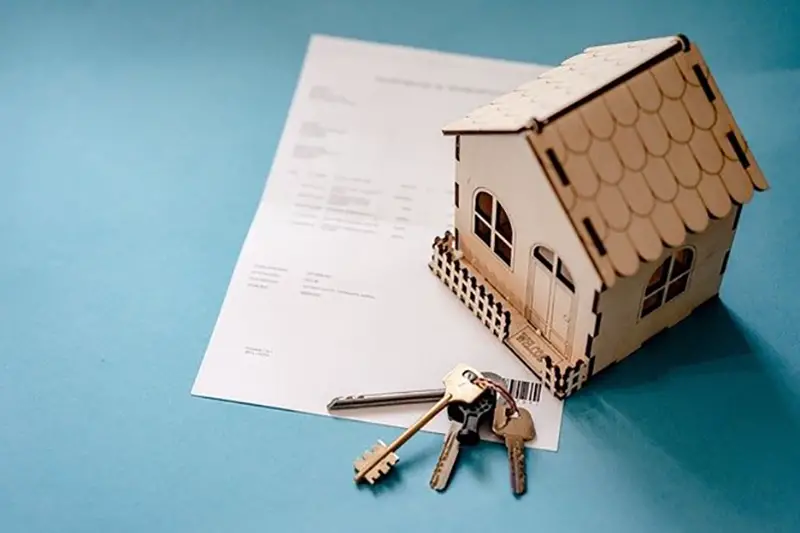Click here to get this post in PDF
(translation: best refinancing)
Most homeowners have the idea of refinancing continually in the back of their minds. Not many are aware of everything involved in the process, but they know it can save substantial money if everything is done right. It’s a battle to know if it’s the best move, whether it will actually save money or end up creating a problem.
Researching and finding the beste refinans (best refinance) will put you in a situation where you will be able to apply for a new loan to replace your existing loan. With adequate advisement, the restructured mortgage will have more favorable terms and conditions satisfactory enough that there will be considerable savings in the monthly repayment costs and perhaps over the loan’s lifetime, depending on the circumstances.
It takes careful consideration and the help of a financial advisor to recognize if a refinance is beneficial in a specific household scenario. In the grand scheme, it seems if you’ll be saving money and interest, it would ultimately make sense. Still, again many variables go into the decision, especially how long you intend to be in the home in order to see the eventual savings.
What Are Some Of The Best And Worst Reasons For Refinancing Your Mortgage
Many homeowners begin thinking about refinancing their mortgage even as soon as they purchase the house since this mortgage payment and interest rate are not where they want them to be.
Sometimes you have to settle for what you can get in order to buy a home. Often creditworthiness can have a significant impact, as does the debt-to-income ratio on the rates set forth with the initial loan.
Most people choose to refinance when there are improvements in these areas. These are good reasons to take an opportunity to try to save some money and do better with the terms and conditions.
But sometimes, there are unfortunate reasons that might not necessarily serve the purpose they’re meant to. Let’s look at the best and worst reasons to refinance.
Best
- Reducing the interest rate
These types of refinances reference as “rate-and-term” and are among the most popular for restructuring a mortgage. Those with a high rate on their existing mortgage typically will benefit if the numbers work out in their favor. It’s especially true if they choose to reduce the life of the loan.
A shorter-term mortgage generally comes in with a lower rate compared to the longer-life loans since you’re indicating you’ll pay it back much faster. The kicker is you need to pay a higher monthly repayment amount.
If you have the funds to be able to take on a more significant monthly expense, the restructure can be exceptionally beneficial in the long run and get a lower rate on top of that. See here how to get the lowest refinance rates for a mortgage.
Before you take this step, one thing to consider is if you intend to be in the home for an extended duration. You want to take advantage of the savings you set yourself up for.
- Consolidation of higher interest debt
The suggestion is to use a “cash-out” refinance when you’re reeling from too many high-interest payouts each month, whether it be personal loans or credit. A cash-out boasts of being able to aid with your cash flow while saving funds over time, even if it carries with it a heftier mortgage rate.
The only downside is the IRS stipulation that the cash-out balance over and above the existing loan balance will have mortgage interest that cannot be deducted if the money is not in some way used to “substantially make improvements, buy, or build” your home.
Another factor to consider carefully is using a secure cash-out refinance on your home in order to take care of unsecured debt to ensure it’s something you can afford to avoid the potential of losing your home.
Worst
- Refinance to save for a new house
Refinancing a home loan in order to move to a new house will actually cause you to lose money even if you do lower your interest rate and payments. Going through the process is as involved as buying the home initially and can be expensive with fees and costs with it typically taking a couple of years or more to break even from the experience.
If you choose to move before you have a chance to recover, you’ll lose the long-term benefit. In this scenario, the costs of the restructure will outrank the advantages.
The suggestion is to use a calculator that will designate when you’ll break even, so you’ll know how long it is best to remain in the house in order to recover after a restructure.
- Cash-out splurges
When people learn they can tap into their home’s equity, many do so without having a definitive goal for the future. Instead, realizing there’s no need to explain the purpose for using the money, most tend to splurge the funds away carelessly, which is a dangerous position to put themselves in financially.
When you have basically nothing to show for thousands of dollars that you take from your home’s equity policy except perhaps luxury items, the primary consideration is the purchases are being secured with your home. If you get in over your head finding that you eventually can’t make these payments, you put your home at risk.
Cash-out refinancing should be explicitly reserved for anything that can add financial security or improve the outlook for the economic future. It shouldn’t be possible to go in and have a free-for-all with the equity in your home. Some people are just unaware of what the repercussions could be.
- A longer lifespan loan
Of course, getting a better interest rate is ideal, as is reducing the monthly repayment, but you need to rethink the notion of restructuring if you’ve already reached the halfway mark on a 30-year term.
Mortgages are generally set up the same with the first several years of monthly payments consisting of interest while the last several years being about paying down the principal amount.
It’s essential to learn how far you’ve come with interest and how much longer is left on the loan. If you’re in the second half of a 30-year mortgage, it’s unwise to restructure since you’re at a point where you’re paying more principal than interest.
If you were to restructure, the process would start over, and you would begin paying all interest again when you could be working toward getting the existing loan paid off.
- Your home is newly purchased
Even subtle drops in rates when you buy a home and have it merely a year is no reason to consider a refinance so soon. Until you put all the expenses and fees into a restructure, you will likely not break even on a deal where the percentage point is not an entire point less than when you purchased.
- Pay the house off fast
No one knows how long they’ll definitely be in their home. Plus, if you take a refinance to a lesser term with the intention to pay the loan faster, it can place a hardship on other financial goals you’re attempting to meet. A lot of your money will go into the cost of the monthly repayments, where these funds could be used to help with college, retirement accounts, and paying down high-interest debt.
It’s wise to see if there’s a way to pay the mortgage down in other ways without affecting other plans. Most months, you can pay more on the monthly payment but pay less when you need the money for something more pressing. There’s no commitment to the higher monthly payment, but doing it will help you achieve the goal.
Final Thought
While you’ll see there are positives and negatives to refinancing, the primary consideration is (regardless of whether all the signs point to it being the ideal move for you or not) to take careful forethought when weighing the pros and the cons for your specific circumstance and perhaps go over those with a financial advisor to ensure it is the right move. Find out the best reasons to refinance at
https://bettermoneyhabits.bankofamerica.com/en/home-ownership/top-five-reasons-to-refinance/.
There are often many variables to take into account, most specifically the length of time you plan to be in your home, how much longer you have on the existing loan, and why you’re restructuring. A hasty decision can lead to regrets later.
You may also like: How an adjustable-rate mortgage works vs. a fixed
Image source: Depositphotos.com


